│By Bennett Graff, Manager, Acquisitions, Gale Primary Sources│
The family of titles that comprise The Making of Modern Law series is a critical part of the Gale Primary Sources portfolio. Titles in the series reveal aspects of our social, economic, religious, and political history through documentation that come from a universe of data that is both part of and yet, in notable ways, distinct from the kinds of materials one might regard as “typical” of archival collections. Aside from their obvious worth to legal scholars, how can these materials be of value to researchers from other disciplines?
The Nature of the Records
In a newspaper archive, typically one finds “advertisements,” “articles,” “birth announcements,” and “obituaries”; in a manuscript collection of government agency files, you would likely encounter in “cables,” “correspondence,” “memoranda,” “reports,” and “subject files.” However, in a legal history collection, categories reflect accordingly the nature of the materials gathered.
Of special interest are the materials that comprise the records and briefs for our U.S. Supreme Court Records and Briefs, 1832–1978 and Landmark Records and Briefs of the U.S. Courts of Appeals. In these archives, one finds “appendixes,” “briefs,” “court records,” “motions,” and “writs” that come from “plaintiffs,” “defendants,” “appellees,” and “amicae” (a Latin reference to “friends” of one of the litigants).
These records are remarkable in so many ways. First and foremost, they represent the arguments and evidence that underlie the judicial decisions rendered by the justices of the United States Supreme Court or the judges of the federal courts of appeals. But they also have an unusual status as historical records. That is in large part because briefs submitted to courts, while of importance in the moment to the parties before the court, carry little weight among legal practitioners once judges write their decisions.
This almost immediate loss of value in the legal community has made these records notoriously difficult to preserve since practitioners have little reason to use them—as opposed to the judicial decisions on which they are based.
Briefs have obvious value for legal historians as legal historical records. However, appellate briefs just as easily serve students and scholars across the humanities and social sciences—from sociology, economics, and political science to literature, philosophy, and religion.
Public Policy Studies / Environmental History
Consider the following table, one of many statistical studies presented by the Environmental Defense Fund (EDF) in its tracking of the deleterious impact of DDT spraying. This exhibit was part of a case in which the EDF contested a decision by an order in June 14, 1972 by the Environmental Protection Agency to cancel the registration of the use of this chemical in nearly all instances barring a few narrow exceptions. This ruling during the administration of Republican president Richard Nixon likely reflected the business-friendly atmosphere of the Nixon White House.
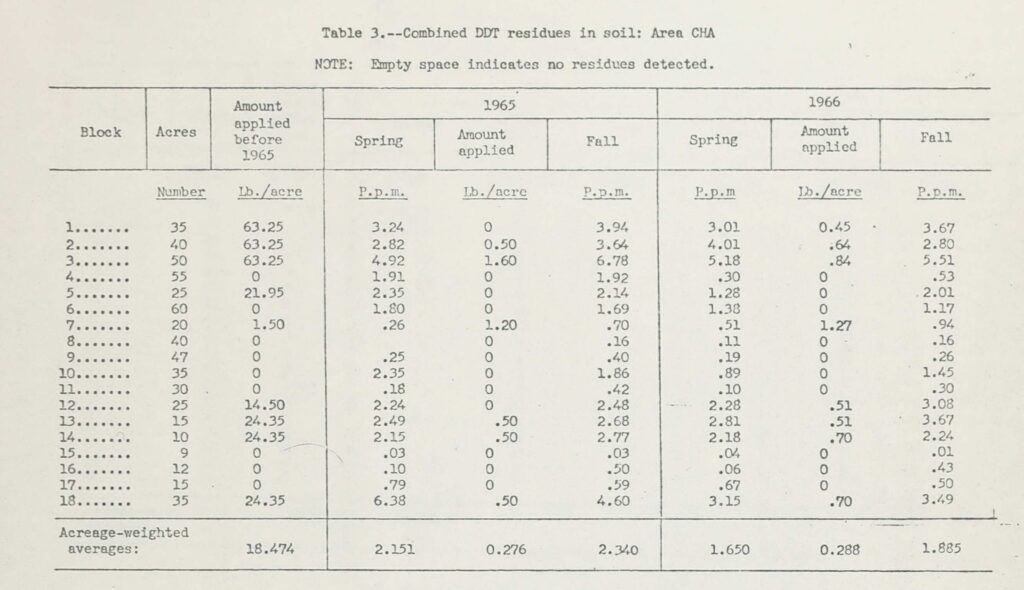
Constitutionality and Sexuality Studies
Reproduced in this exhibit below is the list of titles regarded by the U.S. government as violative of obscenity laws, which were often used to curtail the open discussion of controversial matters, such as birth control, sex education, and sex research.
In United States v. Rebhuhn, the defendants had been criminally charged with the distribution by mail of circulars that promoted the sale of sexually scientific and possibly pornographic works. Notably this application of laws to curtail the distribution of sexually explicit—often educational—materials are the same laws that are being suggested today by far-right American politicians for prohibiting the delivery of various types of contraception.
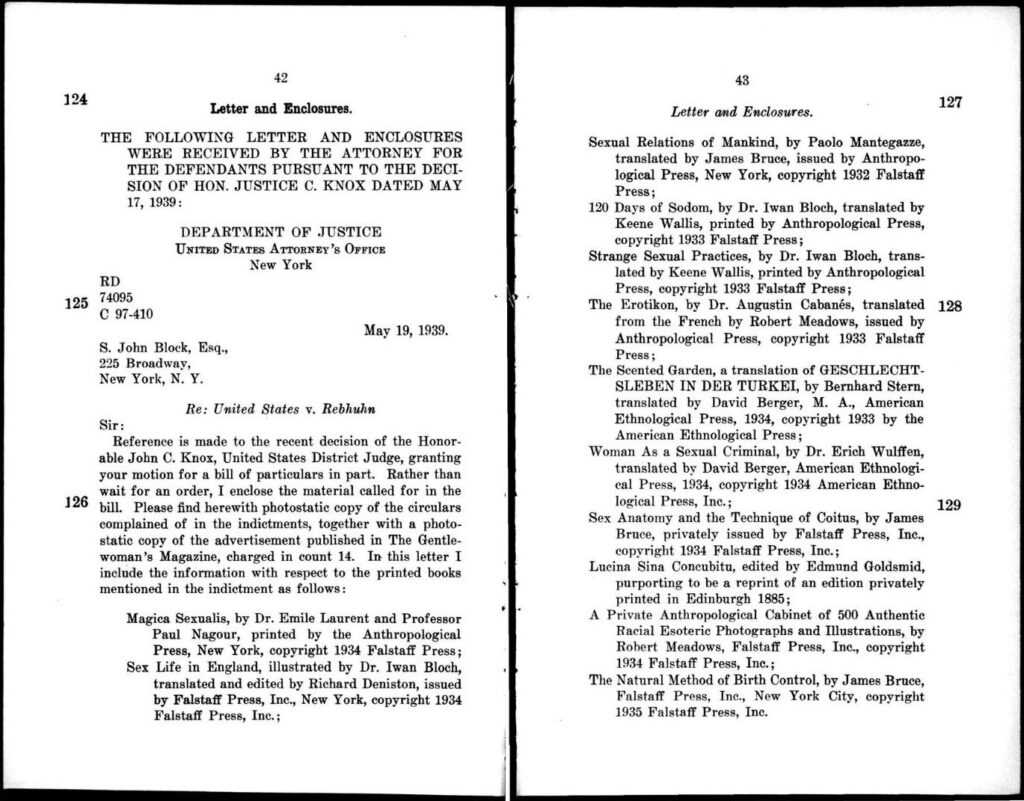
Civil Rights / African American History
In Trudeau v. Barnes, 5th Circuit, 65 F.2d 563, decided on June 30, 1936, we see one of the more visceral examples of courts reinforcing the disenfranchisement of Black voters. In this case, Antoine Trudeau filed suit against Charles Barnes, Registrar of Voters for the Parish or Orleans in Louisiana.
This case contested the systemic disenfranchisement of Black voters under the Louisiana law’s purported “intelligence” rubric, which Trudeau claimed was not even enforced according to its own criteria. This statistical table was presented by Trudeau’s attorney, illustrating the clear disparity in the registration voters, even though over 30% of the parish population comprised Black residents. The court still ruled against the plaintiffs, disclaiming jurisdictional authority.
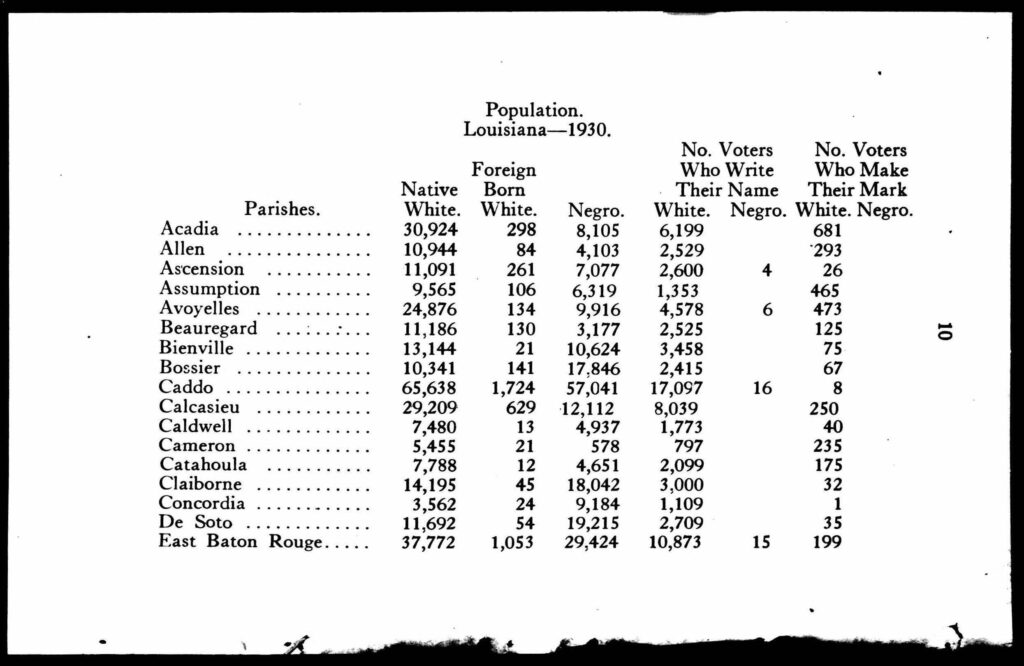
Gender Studies / Psychology
In Diaz v. Pan American World Airways, Inc., argued in the 5th Circuit (442 F.2d 385) and decided on May 10, 1971, scholars find a fascinating legal exploration of discrimination based on sex and age. Diaz filed suit against Pan Am when his application to work as a flight attendant was rejected by Pan Am, which by policy hired only young females (in a certain weight class, too) as flight attendants.
Diaz tested this policy violated the Civil Rights Act’s notable “bona fide occupational qualification” (BFOQ) exemption. The 5th Circuit weighed the validity of Pan Am’s assignment of the BFOQ to the role of flight attendant. It ultimately ruled in Diaz’s favor. Included among the briefs filed were findings of social scientists, as in these pages taken from two social science collaborators at the University of Washington and Wright Institute in Berkeley, California.
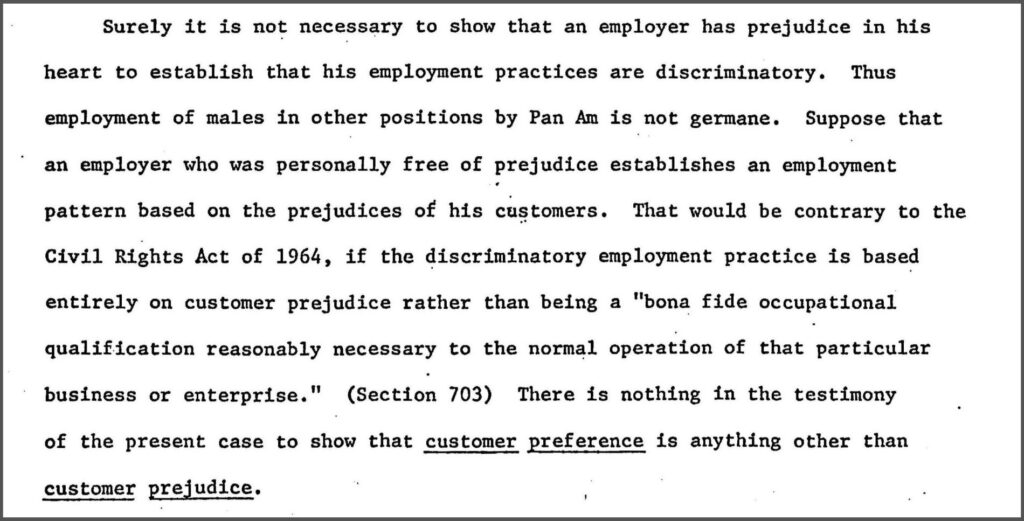
While briefs for a case can offer a wealth of historical data for historians working in areas outside of legal history, briefs from courts below the Supreme Court, such as those from the U.S. Courts of Appeals offer an even broader range of subtopics, because so many don’t get heard by the Supreme Court.
Brown v. Board of Education, for example, addressed desegregation in schools. That decision, however, was built on or inevitably influenced by any number of decisions that addressed segregation such as Dawson v. Mayor and City Council of Baltimore City, 1955 which concerned pools and beaches.
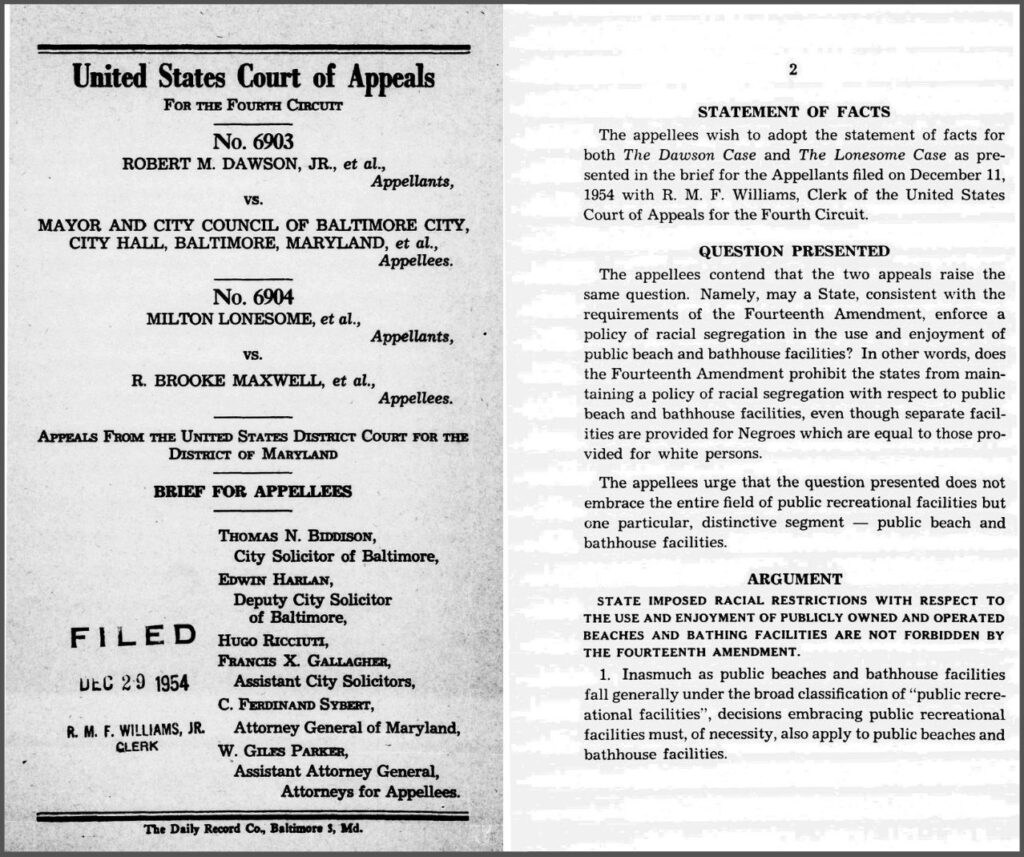
The Value to a Historian
As a consequence, the cases that comprise Landmark Records and Briefs of the U.S. Courts of Appeals range further afield than those that appear in U.S. Supreme Court Records and Briefs, 1832–1978 since for every Supreme Court case heard there are any number of cases from the appellate courts that go unheard.
This broadening of examples is no small matter for the historian seeking to research such topics as environmental history or civil rights in their quest for raw data across a variety of sample cases.
If you enjoyed reading about our legal history collections, check out these posts:
- Chatham House Online Archive and International Law
- Using Primary Sources to Study Gun Control
- Using Primary Sources to Explore How Courts Punished Interracial Sex in Apartheid South Africa
Blog post cover image citation:
Miscellaneous Items in High Demand, PPOC, Library of Congress, Public domain, via Wikimedia Commons https://upload.wikimedia.org/wikipedia/commons/0/06/Supreme_Court_of_the_United_States_LCCN2002736761.jpg


